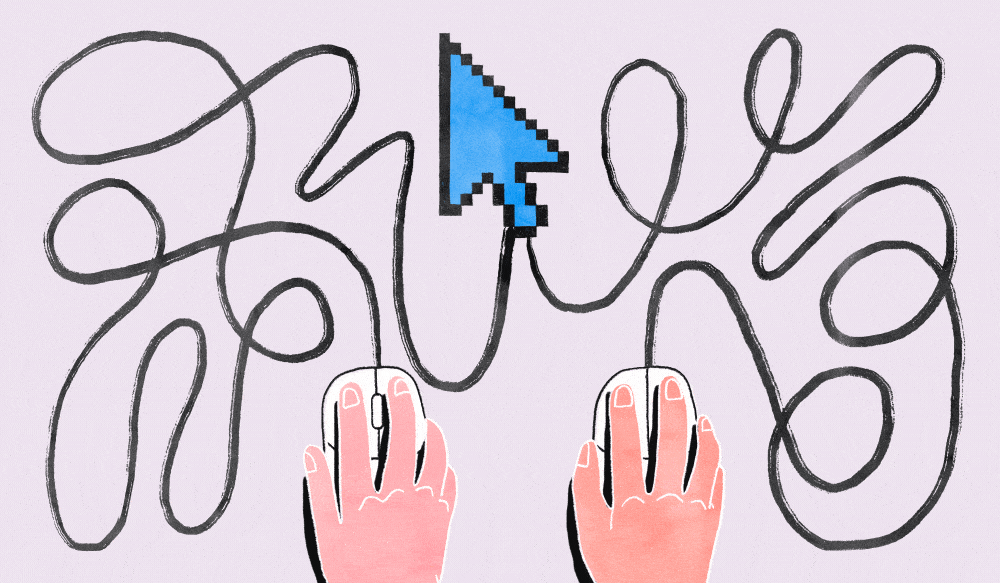The new I-9 form finally catches up to accommodate the remote workforce

HR professionals’ jobs just got a little easier thanks to a change to the I-9 form, effective as of Nov. 1, that allows for remote verification.
Anyone who has been hired in the U.S. is probably familiar with the I-9 form, the documentation that verifies employment eligibility. It’s not too complicated to fill out, but part of the process has always required that I-9 documentation be reviewed in person.
When remote work took hold en masse because of the pandemic, that process still required the documentation to be reviewed. However, it could be done by a notary or an authorized representative on behalf of the company. The former is expensive and hard to coordinate. The latter could be someone like a friend or spouse, who likely didn’t know what to look for.
It was a headache for employers, and indicative that the U.S. government has lagged in updating its employment processes for the future of work. Now, the I-9 form (last updated in Oct. 2019) has been given some much-needed updates.
The biggest change is that employers may remotely examine employees’ I-9 documents. “So if the spouse screws it up, or your 19-year-old college kid who’s your authorized representative for 20 minutes, it’s on the employer,” said Kara Govro, chief HR legal expert at HR company Mineral. “You don’t have to do that anymore. You’ve cut out the middleman that you had to rely on. And if you were using a notary, you’ve eliminated the overhead of paying that person.”
The one caveat is that employers can only go this route if they are enrolled in E-Verify, which most states require employers to be anyway.
“It’s not a long process to enroll in E-Verify,” said Deniece Maston, knowledge advisor at Society for Human Resource Management. “If you’re in a state that requires it, you’re already set up. If not, it’s not a hard process.”
Instead of having to get a notary, have an authorized representative, or even fly a worker out to the company headquarters to review the documents, enrolled employers can remotely examine employees’ I-9 documents via live video and submit it on E-Verify.
“Employers are pumped,” said Govro. “It was absolutely necessary given the huge number of people who became remote workers during the pandemic. Without offices and headquarters, it becomes even more impractical to try and do these things that rely on face-to-face interactions.”
Maston has seen similar feedback from employers, stating that it’s been a “hot topic” amongst SHRM members.
“They appreciate it and are excited they can do this,” said Maston. “The world is changing and more and more people are hiring employees that don’t work at their site. It’s an easier process and it’s embracing that the workforce is changing. It’s keeping up with the needs of employers in the workforce.”
On the I-9 documentation, there is now an added checkbox for employers to indicate when they have remotely examined the documents.
Besides this, though, there are other remote-friendly changes to the document. For example, certain features have been removed to ensure the form can be downloaded easily. The form can also now be filled out on tablets and mobile devices by downloading onto the device and opening in the free Adobe Acrobat Reader app. These seem like small changes, but they go a long way when people are more frequently working from home on different devices and need fewer barriers to finish the paperwork. The I-9 form also has been reducedf rom 15 to 8 pages, with streamlined steps to complete each section of the form.
Although the form hasn’t been updated since 2019, Govro stressed that this update has actually been timely. “The pandemic caused this remote work phenomenon and the United States Citizenship and Immigration Services is following along and catching up,” said Govro. “It’s great that we didn’t have to wait a decade. Remote work happened and USCIS wasn’t that far behind.”


